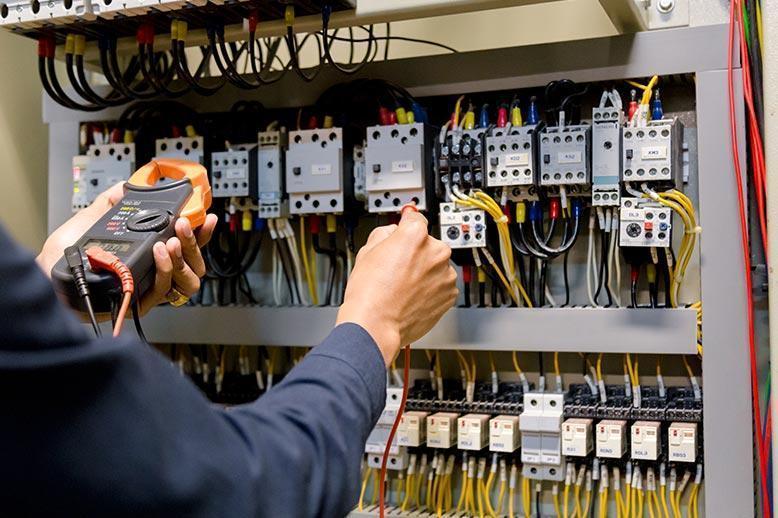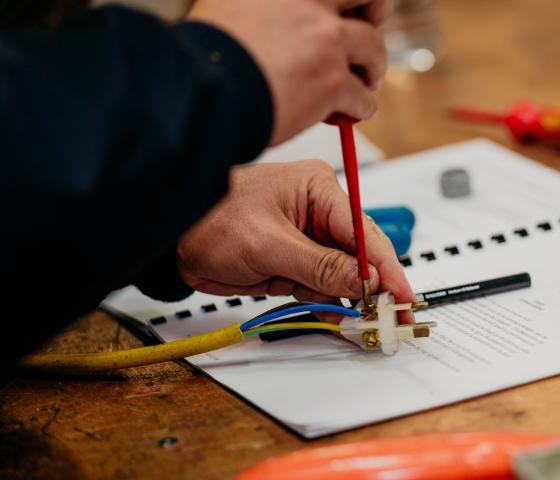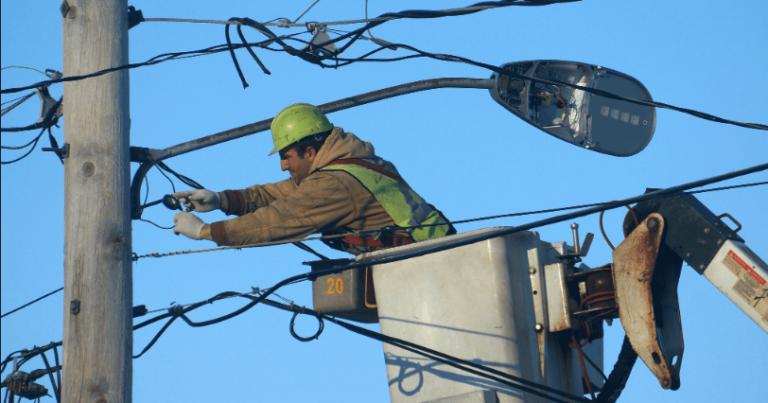In electrical systems, a phase refers to the distribution of alternating current (AC) power that is delivered to homes and businesses. In Australia, most residential buildings use single-phase power, while larger commercial buildings often use three-phase power. Understanding the phases in an electrical system is crucial for electricians, as it determines how power is delivered, distributed, and utilised efficiently.
In a single-phase system, power is supplied through two wires – an active (live) wire and a neutral wire. In contrast, a three-phase system involves three active wires and a neutral wire. Three-phase systems provide a more stable and consistent power supply, which is particularly advantageous in industrial and commercial settings where high power demand is common.
Why Increase the Number of Phases?
The decision to increase the number of phases in an electrical system often arises from the need to accommodate higher power demands. Single-phase power is typically sufficient for residential purposes such as lighting, heating, and small appliances. However, as power requirements grow, especially with the introduction of energy-intensive equipment like air conditioning units, electric ovens, and machinery, a single-phase system may become insufficient.
For commercial buildings, workshops, and industrial facilities, upgrading to three-phase power is often necessary. Three-phase power allows for the delivery of more power without increasing the current. This makes it more efficient and less prone to voltage drops over long distances, which can be a common issue with single-phase systems.
Benefits of Three-Phase Power
Increasing the number of phases to a three-phase system offers several benefits, particularly in environments where power consumption is significant. One of the primary advantages is efficiency. Three-phase systems can carry more power with less wiring, which reduces electrical losses and leads to lower operating costs in the long term.
Additionally, three-phase systems provide smoother and more reliable power delivery. This is because the electrical load is distributed evenly across the three phases, reducing the risk of overload and power surges. The constant power flow also leads to less wear and tear on electrical components, increasing the lifespan of electrical equipment such as motors, compressors, and pumps.
Another benefit is the capacity to handle larger motors and machines. Single-phase systems can struggle to operate heavy-duty equipment, but a three-phase system can easily handle large loads, making it the preferred choice for industrial applications.
When Should You Consider Upgrading?
An upgrade from single-phase to three-phase power is often recommended for homes or businesses with growing energy demands. For instance, if you’re planning to install large appliances like electric car chargers, multiple air conditioning units, or a home workshop with power tools, upgrading to a three-phase system can provide the additional capacity needed to support these devices.
For businesses, particularly in manufacturing and industrial sectors, the transition to three-phase power is essential as machinery often requires consistent and substantial power delivery. Consulting with a licensed electrician is crucial before making the switch, as they can assess the current electrical load and future requirements to ensure the right setup is installed.
Conclusion
Upgrading from single-phase to three-phase power is a practical solution to meet increasing electrical demands. It not only improves power efficiency and reduces the risk of electrical failures but also future-proofs properties for growing energy consumption.

















